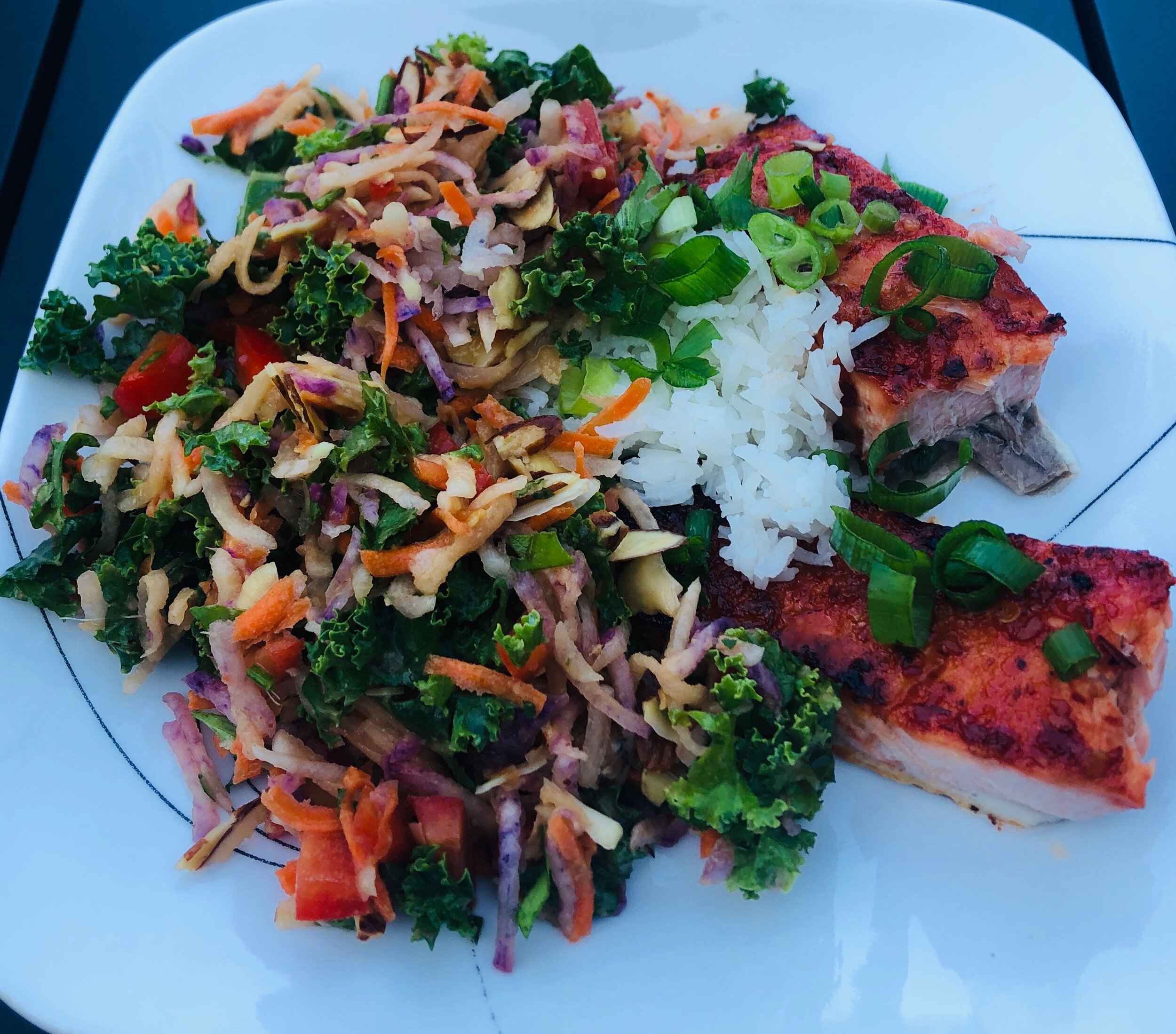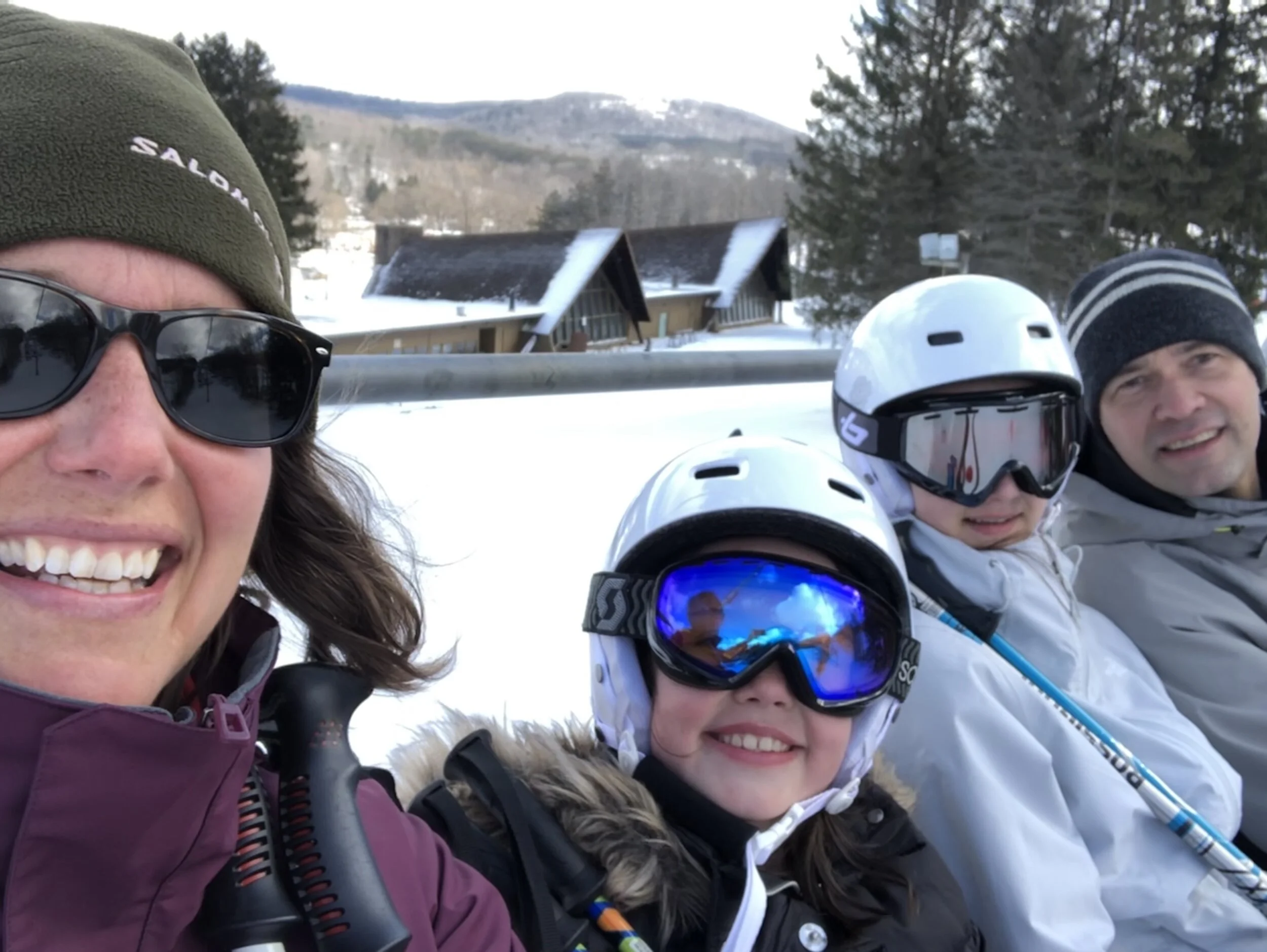Rhodiola rosea, also known as golden root, rose root, or arctic root, is a plant from Siberia that grows well in dry and cold arctic climates. The root of the plant is used for medicinal purposes. Its root contains more than 140 active ingredients, the two most potent of which are rosavin and salidroside. Rhodiola is known as being an adaptogen, meaning it helps you adapt to physical and emotional stress when consumed.
This herb is one I would consider as “friendly”. I rarely find side effects in individuals I prescribe it to, and it “plays nicely” with other herbs and medications. I use rhodiola for men, women, and adolescent children for a variety of health reasons. Here are 3 science based health benefits of rhodiola rosea:
RHODIOLA CAN REDUCE SYMPTOMS OF DEPRESSION
Research has shown that rhodiola may stimulate serotonin, norepinephrine and dopamine activity (1).
In one six-week study on the effectiveness of rhodiola on symptoms of depression, 89 people with mild or moderate depression were randomly assigned to receive either 340 mg or 680 mg of rhodiola extract or a placebo pill daily. Both rhodiola groups experienced significant improvements in overall depression, insomnia and emotional stability, whereas the placebo group showed no improvements (2).
A study published in the journal Phytomedicine in 2015 compared rhodiola extract vs sertraline for mild to moderate depressive disorder. 57 subjects were randomized to 12 weeks of standardized rhodiola extract, sertraline, or placebo. After the 12 weeks, rhodiola produced less antidepressant effects vs sertraline, but it also resulted in significantly less side effects and was overall better tolerated. Concluding that although less effective than sertraline, rhodiola may possess a more favorable risk to benefit ratio for individuals with mild to moderate depression (3).
RHODIOLA CAN REDUCE SYMPTOMS OF FATIGUE
A study published in 2017 showed that taking 400 mg per day for 8 weeks significantly reduced symptoms of fatigue and weakness. After 1 week of usage, patients noticed a reduction in their fatigue symptoms with optimal reduction being observed at 8 weeks (4).
A study published in 2009 showed that taking 576 mg of rhodiola extract per day vs placebo exerted an anti-fatigue effect that increased mental concentration, and a decreased cortisol response to stress in burnout patients with chronic fatigue syndromes (5).
RHODIOLA CAN IMPROVE PHYSICAL AND MENTAL PERFORMANCE
Rhodiola has been looked at extensively for its impact on exercise performance. A study published in 2013 found that giving rhodiola extract 1 hour before a 6-mile bicycle race showed better heart rate response and improved exercise performance vs. its carbohydrate placebo (6).
Interestingly, a study published in 2018 showed that giving rhodiola extract for 4 weeks prior to cognitive testing and physical exertion had significant improvements especially in mental performance (hello student exams!) (7).
When buying supplements be sure to buy from quality assured brands, and be sure to look at the labels of these supplements to ensure they contain a standardized amount of 3% rosavins and 1% salidrosides. In summary, the optimal dose of rhodiola for improving symptoms of stress, fatigue or depression is 400–600 mg per day. If you’re after rhodiola’s performance-enhancing effects, take 200–300 mg an hour or two before exercise. In addition due to rhodiola’s stimulatory effect, I wouldn’t recommend taking it before bed.
REFERENCES
https://pubmed.ncbi.nlm.nih.gov/30659561/
https://pubmed.ncbi.nlm.nih.gov/17990195/
https://pubmed.ncbi.nlm.nih.gov/25837277/
https://pubmed.ncbi.nlm.nih.gov/28219059/
https://pubmed.ncbi.nlm.nih.gov/19016404/
https://pubmed.ncbi.nlm.nih.gov/23443221/
https://pubmed.ncbi.nlm.nih.gov/30450257/
ABOUT THE AUTHOR
Since 2005, Dr. Fey has helped women, men, and children find real solutions to their health concerns. She truly believes that giving the proper care and nutrients your body has an amazing ability to heal. She is committed to finding the root cause of illness by utilizing a whole body approach not just focusing solely on presenting symptoms. With her scientific background, Dr. Fey uses science based natural approaches to treating disease.
Dr. Amanda Fey is the owner and practicing Naturopathic Doctor at Complementary Medicine & Healing Arts, the Southern Tiers Center for Natural Healthcare located in the Binghamton NY area. The office website is www.naturallywell.us. Dr. Fey is currently offering telemedicine for patients all across the US. To contact the office, call 607-729-0591 or email cmhahealth@gmail.com.



















